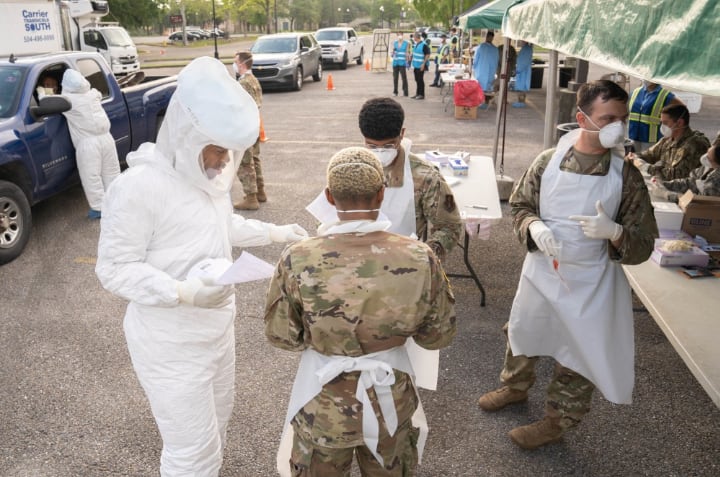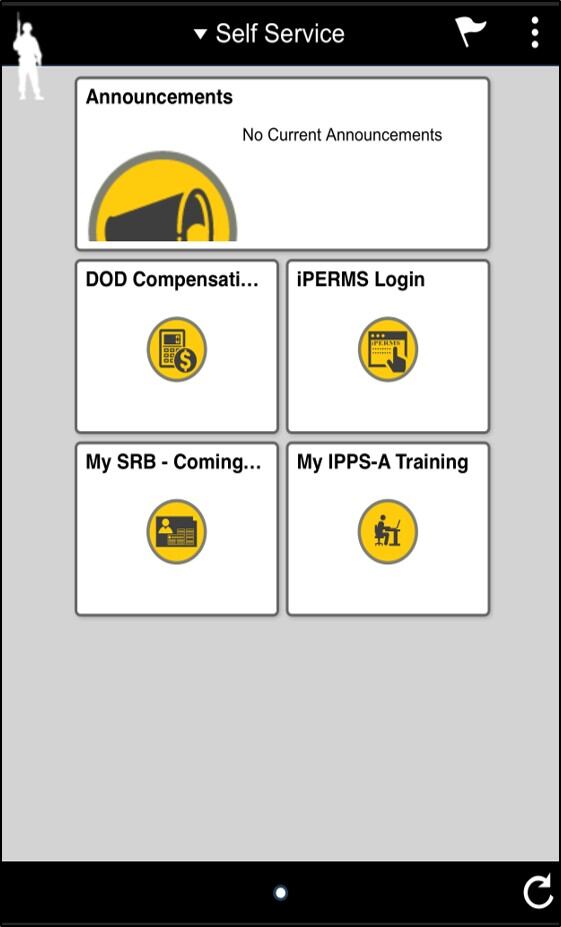The Army National Guard has completed its transition from a paper-based personnel and pay system to an internet and app-based one at the same time as Guard activations are increasing rapidly to deal with the coronavirus pandemic.
The new system has 331,000 Army Guard personnel enrolled today, but will grow to include the entire active duty and reserve Army by early 2021.
It will give soldiers the ability to manage their pay and benefits needs remotely with the Integrated Pay and Personnel System-Army app, hopefully saving everyone time and headaches, said Roy Wallace, the Army’s assistant deputy chief of staff for personnel.
“From an HR perspective, that’s going to cut down on probably 50 percent of the inquiries we get,” Wallace said over the telephone on Tuesday.
The streamlined system could help troops currently activated during coronavirus pandemic across the United States. Guardsmen should only need an internet connection to file their personnel actions now.
As of March 24, Army Guard units in all 54 states and territories are using the same personnel pay system. Roughly 15,000 Army and Air National Guard troops have been activated across all 50 states, Puerto Rico, Guam, the U.S. Virgin Islands and Washington D.C., to combat the coronavirus pandemic.
Tracking those activated Guardsmen for pay and management purposes will be far easier with the new IPPS-A system, said Lt. Col. June Copeland, senior Army National Guard liaison to the project.
RELATED

“At the national level, how do we gleam information without stopping or slowing down what they’re doing?" asked Copeland. "We all have access to IPPS-A, we can all look in there and figure out what the states and territories are doing, how they’re supporting without stopping the governors, without stopping the [adjutant generals].”
During hurricane relief and other natural disasters, Guard units from different states are often merged to smooth out the chain of command and streamline response efforts.
“In times past, that was a difficult task to manage your soldiers to know who would be where at what time,” said Copeland. “Under IPPS-A, it’s no longer like that. ... Especially given this COVID environment, it’s easier to know who is where and who is going to support what state.”

The new system replaces the mostly paper-based one gradually being phased out of the service. For decades, personnel actions were done using DA-Form 4187. That document could be typed out on a computer, but still had to be sent via email for approval or printed and tracked until it wound up in the proper manila folder.
“The soldier has no idea once he puts in that form what the status of [it is],” said Army Col. Gregory S. Johnson, a division chief who worked on the new system. “This turns it on its head. Now you’re doing that personnel action requirement in the system, on your phone.”
If a soldier got married, changed their name, or had a child, their paperwork for that change, which impacts allowances and benefits, can be submitted and tracked online within a soldier’s personal account.
The new system started with the Guard partially because it was easier to phase in. IPPS-A could be fielded in waves, starting in different states, gradually.
But by December 2021, the Army Reserve and active duty force will be in the system, as well, leaders said Tuesday. At that point, more than 1 million soldiers will be on the same system.
Kyle Rempfer was an editor and reporter who has covered combat operations, criminal cases, foreign military assistance and training accidents. Before entering journalism, Kyle served in U.S. Air Force Special Tactics and deployed in 2014 to Paktika Province, Afghanistan, and Baghdad, Iraq.





